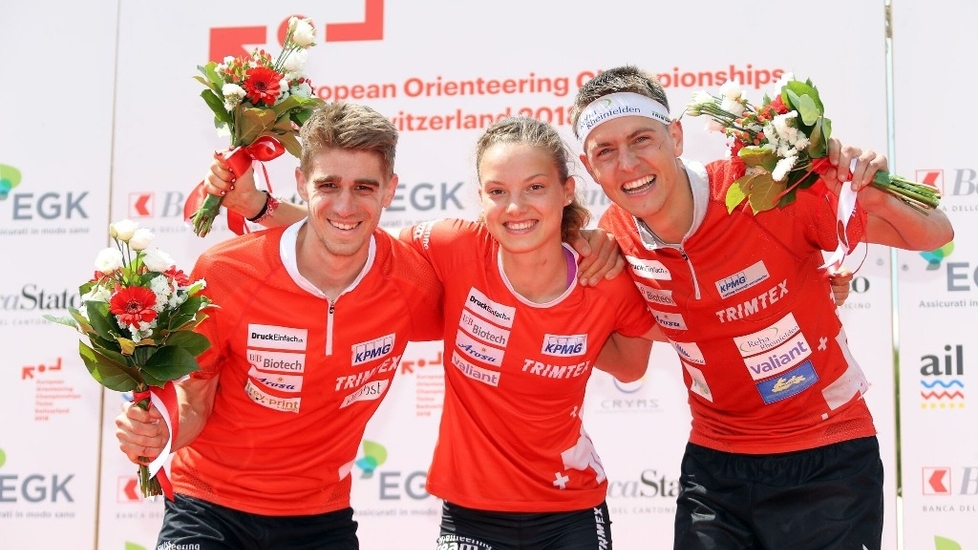Well, the after-noon after the Swiss Team Selection Sprint in Novaggio a so called re-run was held. The athletes were allowed to enter the terrain after the Sprint, then re-embargoed and about three hours later started to a second run on the same course.

fig.1. Performance index of the Sprint (blue) and re-run (red)
A basic idea of such a re-run is to characterize an athletes running and technical performance, as to get a perspective of the athletes potential. So what do we see here?
1)
The position of the peak of the red curve represents an athletes running potential. The more right the peak lies, the better. The more pointed the line is, the more all-round the athletes running skills. In the actual case the tip of the curve is relatively broad. That is an indication for varying running skills for different type of terrain (uphill, flat, downhill, stairs a.s.o.).
2)
The difference of the both blue and red peaks positions represent the degree to which "orienteering" is slowing down an athlete. In the actual case the peaks are about 8% apart.
3)
The shape/pointedness of the blue line represents the stability of an athletes orienteering performance. In the actual case, the athlete suffered two smaller and one bigger miss.
Keep in mind, that the Performance Index is represented "by control". Relatively small misses on short controls get more weight compared to bigger misses on longer controls.
Some more examples

fig.2. Another athlete... Compared to the first one, this athlete is competing close to its running capacity (peaks only 1.2% apart), but its orienteering is not stable. The red peak is a bit more pointed than for athlete 1.

fig.3. Another athlete ... had a close to perfect day. :-) . With a small peak difference of 2.7% and two pointed shapes.

fig.4 So what about this athlete... :-)

fig.5. Two athletes in comparison. blue & green from the one, red and purple from the other. Both ended up with the same running time for the sprint. What do you see here?
So well. I started with a question and I hope, you can answer it yourself now, can you?
(The more pointed and to the right the re-run the better, the more pointed and close to the red the blue one is, the better)

.JPG)
.JPG)